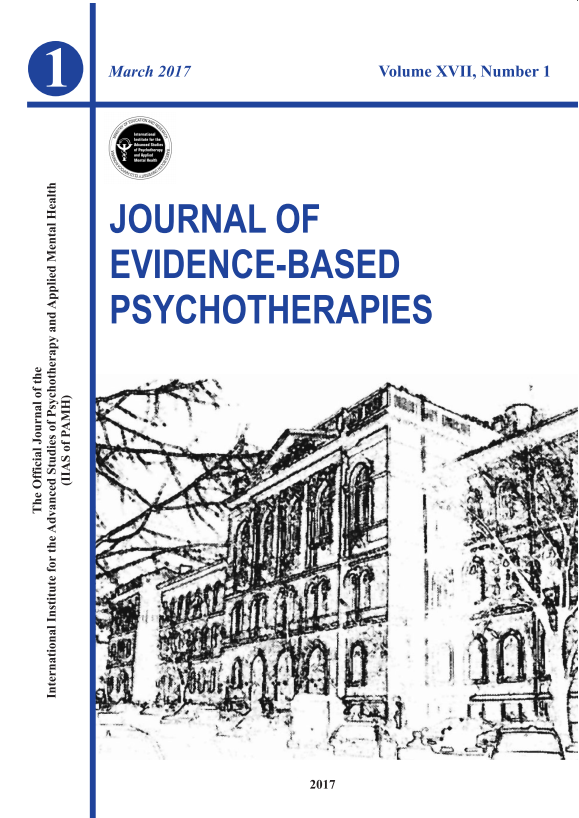elisabeth@moonbird.life
Eva Pleumeekers1ꜛ , Elisabeth Honinx2ꜛ*, Hanne Lieten2, Nele Jacobs1,4,
Stefanie Broes2, Veerle Ross1,5
ꜛ Shared first author
1 Faresa, Boerenkrijgsingel 44/0.02, 3500 Hasselt, Belgium
2 Moonbird BV, Kaasrui 3/2, 2000 Antwerp, Belgium
3 Department of Clinical Pharmacology and Pharmacotherapy, Faculty of Pharmaceutical
Sciences, KU Leuven, Leuven , Belgium
4 VUB, Brussels School of Governance, Pleinlaan 5, 1050, Brussels, Belgium
5 UHasselt, School of Transportation Sciences, Transportation Research Institute (IMOB),
Martelarenlaan 42, 3500 Hasselt, Belgium
Abstract
Increasing mental health issues worldwide call for effective interventions. Breathing therapy, particularly slow-paced exercises, is gaining recognition for enhancing mental well-being. Integrating these exercises with cognitive behavioral therapy (CBT) appears effective for stress and anxiety management. Technological solutions for home therapy have emerged, improving patient engagement. This study assesses a tactile breath pacer as a CBT adjunct for various mental health conditions. Six participants with conditions including autism, depression, burnout, bipolar disorder, insomnia, and anorexia engaged in therapy using the moonbird breath pacer for a month, with regular email check-ins. The breath pacer’s integration into CBT showed positive outcomes. Participants found it user-friendly, adapting it into their daily routines. Customized usage patterns promoted relaxation, emotion regulation, and improved sleep, with many extending use for sleep enhancement. This study demonstrates the benefits of technology in therapy, specifically for emotion regulation, relaxation and sleep. It supports blended care, combining in-person and remote therapy elements, with personalization encouraging active client engagement. Incorporating a breath pacer into CBT shows promise for mental well-being. Technology-enhanced exercises complement traditional therapy, offering personalized treatment and client empowerment. The study emphasizes the potential of technology-assisted mental health care in advancing personalized therapeutic methods.
Keywords: cognitive behavioral therapy, breath pacer, breathing exercises,
case study, digital health, mental health.
Please cite this article as: Pleumeekers, E., Honinx, E., Lieten, H., Jacobs, N., Broes, S., & Ross, V. (2024). EXAMINING THE POTENTIAL OF A BREATH PACER AS AN ADJUVANT IN COGNITIVE BEHAVIORAL THERAPY: CASE STUDIES IN DIGITAL HEALTH FOR MENTAL WELL-BEING. Journal of Evidence-Based Psychotherapies, 24(1), 43-62.
DOI: 10.24193/jebp.2024.1.3
Published online: 2024/03/01
Published print: 2024/03/01
